Product Features
With rapidly rising global temperatures, natural disasters displacing millions, and deforestation destroying the habitats of animals, there's no doubt that climate change is a significant issue today and will continue to be prevalent. At EcoCraft, we want to inform the next generation about climate science and motivate sustainable actions with some fun!
Gamification of Education
Our story-driven campains are exciting. Students accomplish missions collaboratively. We focus on enjoyment and learning.
Guiding Lesson Plans
Teachers and students can get started seamlessly with simple instructions.
Impactful Technology
Our Minecraft Education experiences allow students to explore and gain knowledge about sustainability. The digital environment is a space for creativity and applied learning.
Education Standards
We worked with elementary school teachers to ensure value. Each plan complies with Washington State's education standards.

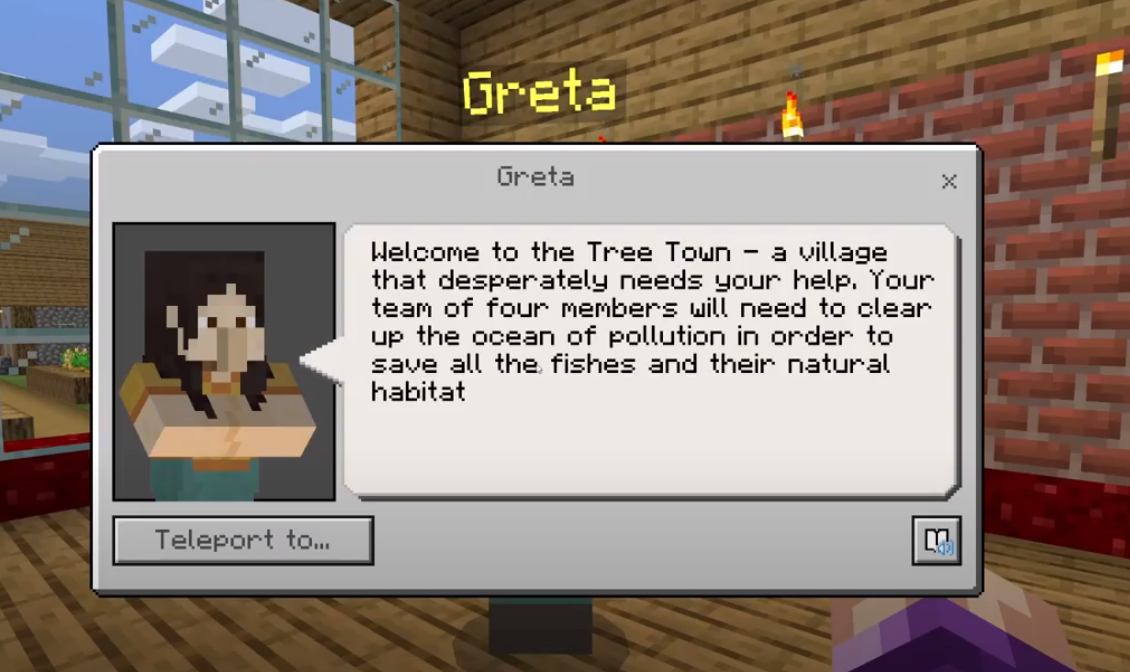
Lesson 1: Pollution in Marine Ecosystems
This first lesson introduces to students some of the negative impacts pollutions can have on an ecosystem and the health of the wildlife within it. Paired with our detailed lesson plan, students will be able to collaborate as a team to clean a river and then properly dispose of the various pollutants that they find. Their teacher will be able to join in with them and combined with their own instructions and our digital guidance, students will learn about marine ecosystems and how they can be negatively affected by pollution.
Students will be provided with a series of interactive tasks that they can then complete in order to save the river alongside TreeTown. Upon completion of their tasks, they’ll see in real-time as the wildlife returns to the river, further cementing the lesson plan’s goal of instructing students on connections between our actions and the health of ecosystems.
We aim to teach students about:
- Proper waste disposal.
- The current state of marine ecosystems in the world.
- The effects of pollution on marine life.
Download our lesson plan here.
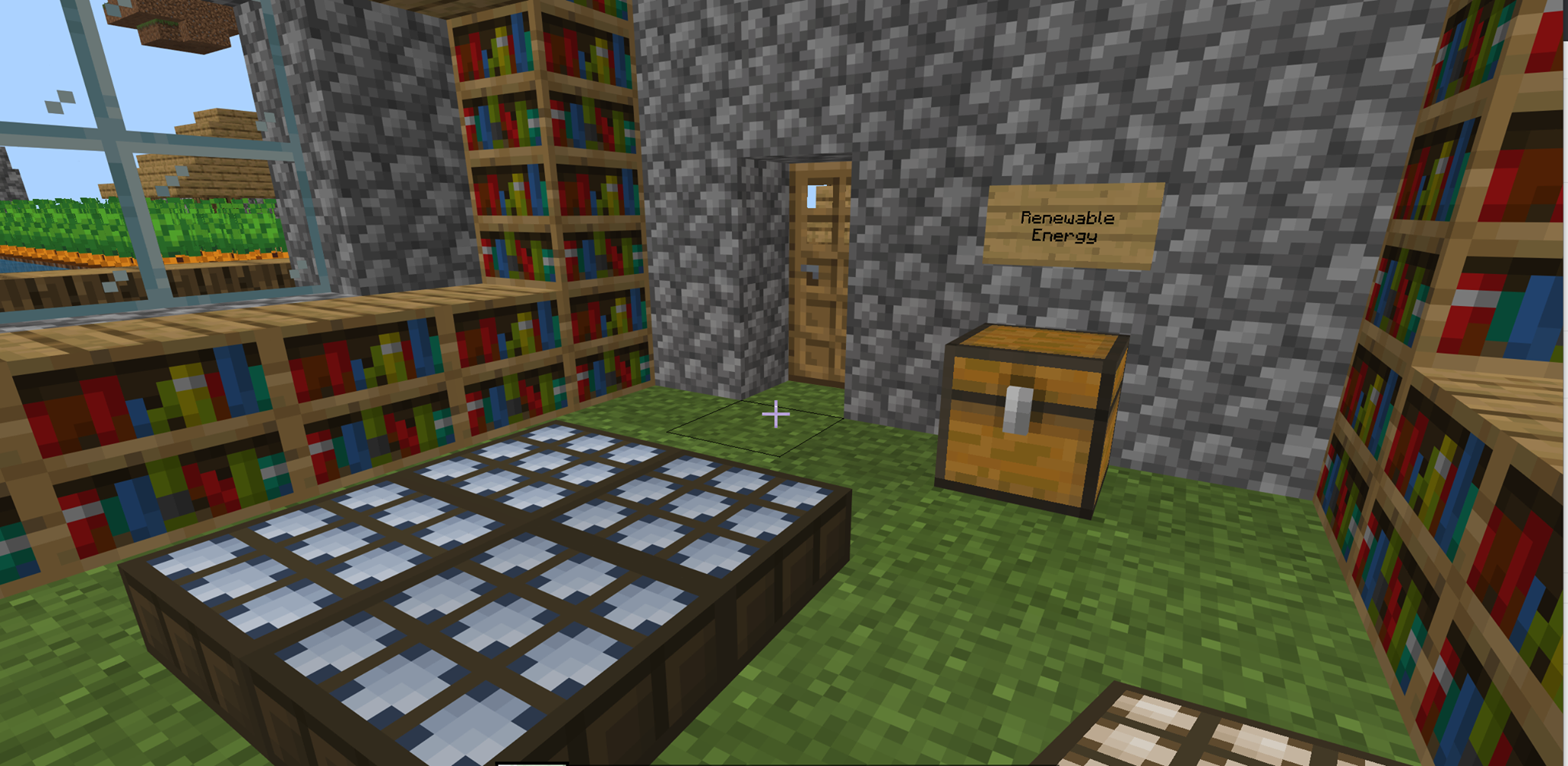
Lesson 2: Solar Panel Renewable Energy
The second lesson introduces students to key concepts of clean energy. Students will conduct guided research to learn about different kinds of renewable energy. During their research they will be exposed to materials that teach about the effect of non-renewable energy and how greenhouse gasses have been impacting the climate.
Students will learn where energy in the US comes from and the types of different renewable energy sources that are available. They will have to analyze the needs of a factory owner in TreeTown and choose a type of renewable energy that will meet their needs and help them decrease their carbon footprint.
We aim to teach students about:
- Effect of non-renewable energy.
- Benefits of renewable energy.
- Types of non-renewable and renewable energy sources and how they contribute to the energy in the US.
Download our lesson plan here.
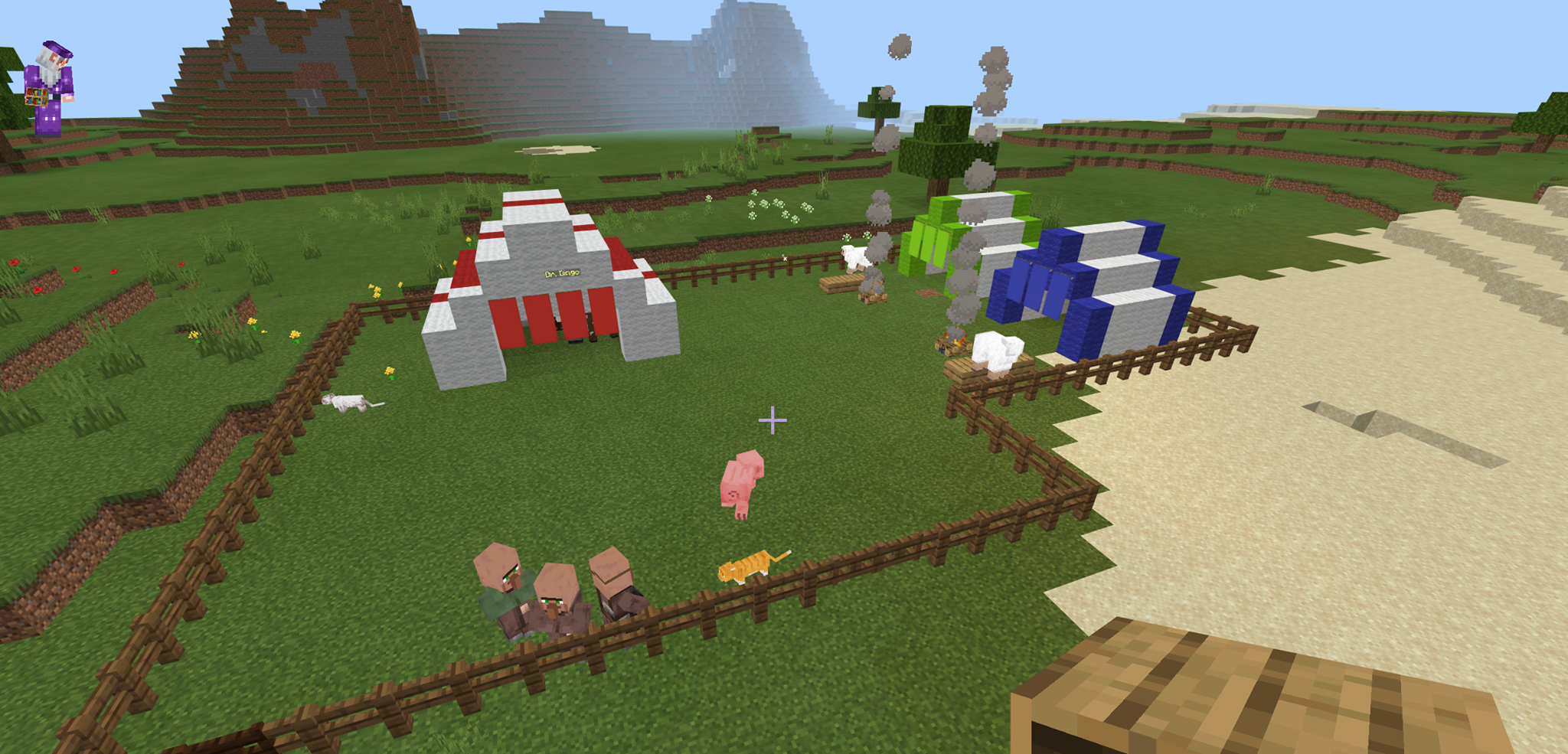
Lesson 3: Flattening The Curve
The third lesson introduces some integral aspects of the coronavirus that have recently been discussed in the media. Upon interviewing our stakeholders we found that they are most confused about the terminology being used in the news such as “shelter in place,” “flattening the curve,” and the various metrics that are being used to track the spread of the illness. For the activity, we put the student in the place of a medical organizer attempting to supply enough equipment to the medical tents as the virus is transmitted throughout the village. The student can either dedicate their time to constructing the correct equipment or can herd the infected villagers into the medical tents to slow the spread of the disease.
We want students to understand the compromises that are being made by today’s health professionals.
We aim to teach students about:
- How viruses spread.
- Useful strategies for stopping the spread of viruses.
- The necessary balance between health infrastructure and new case rate.
Download our lesson plan here.
Team Members
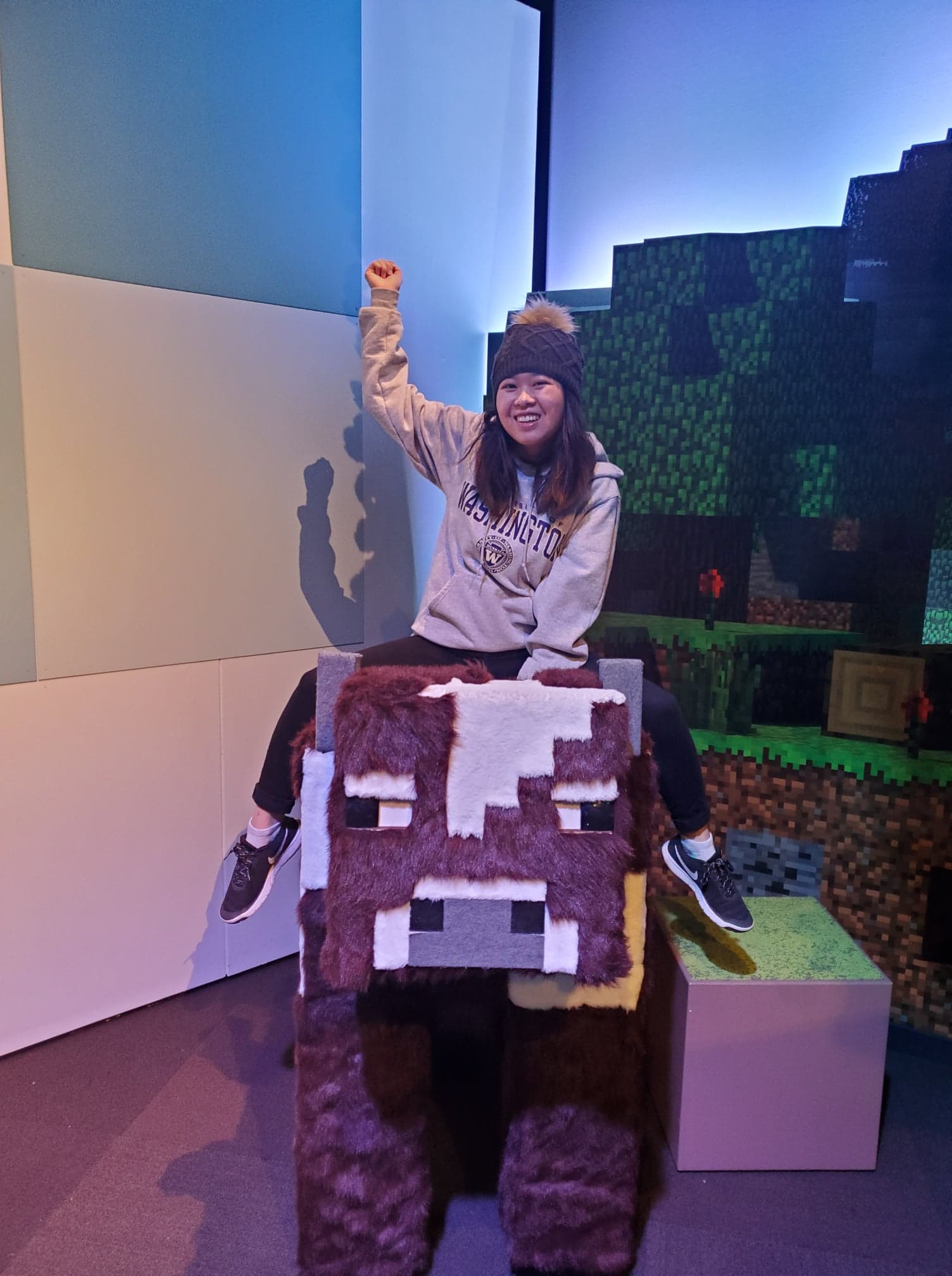
Thoa Nguyen
Product Manager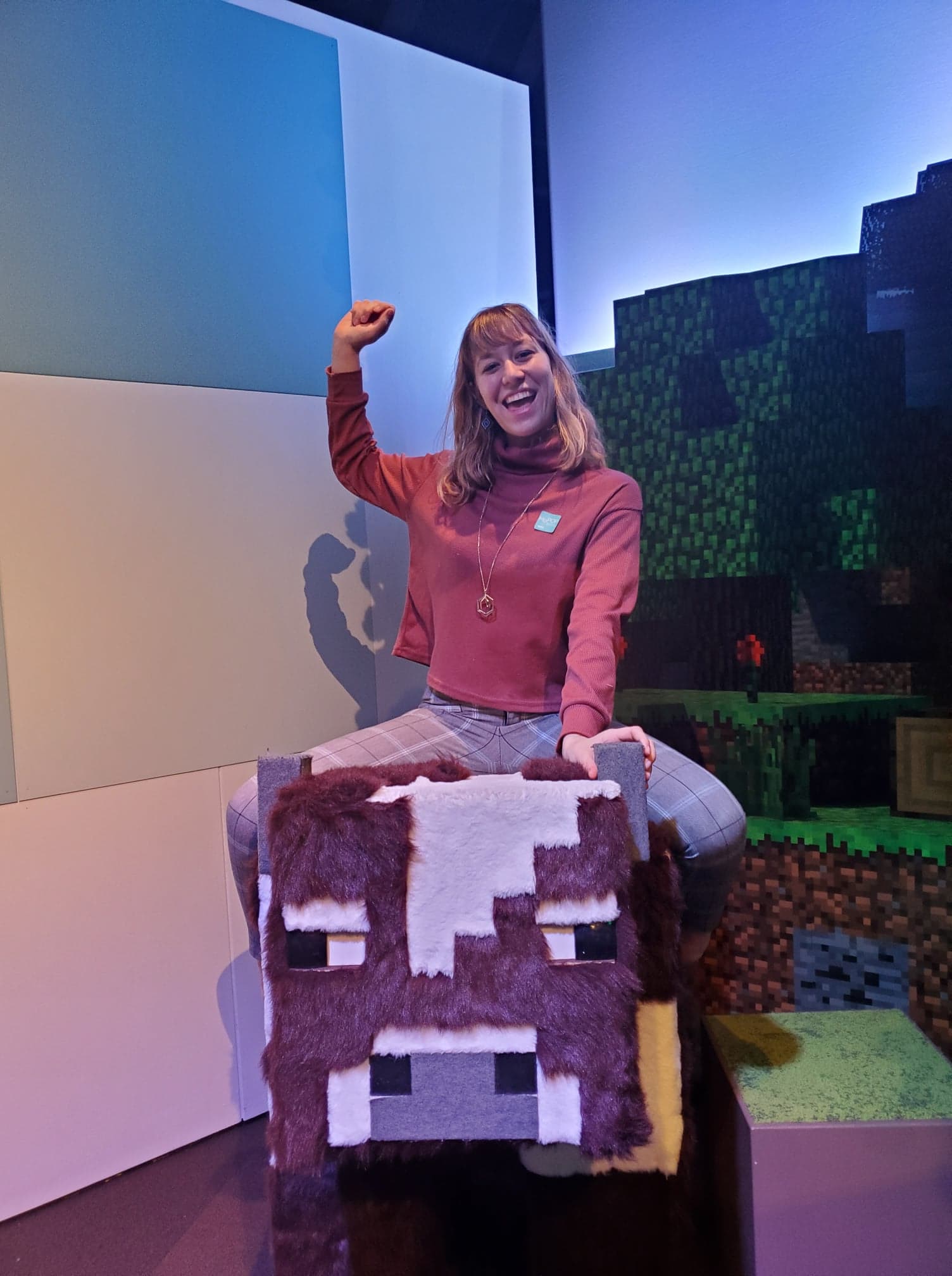
Maddi Cummins
Developer
Kyle Avalani
Developer
